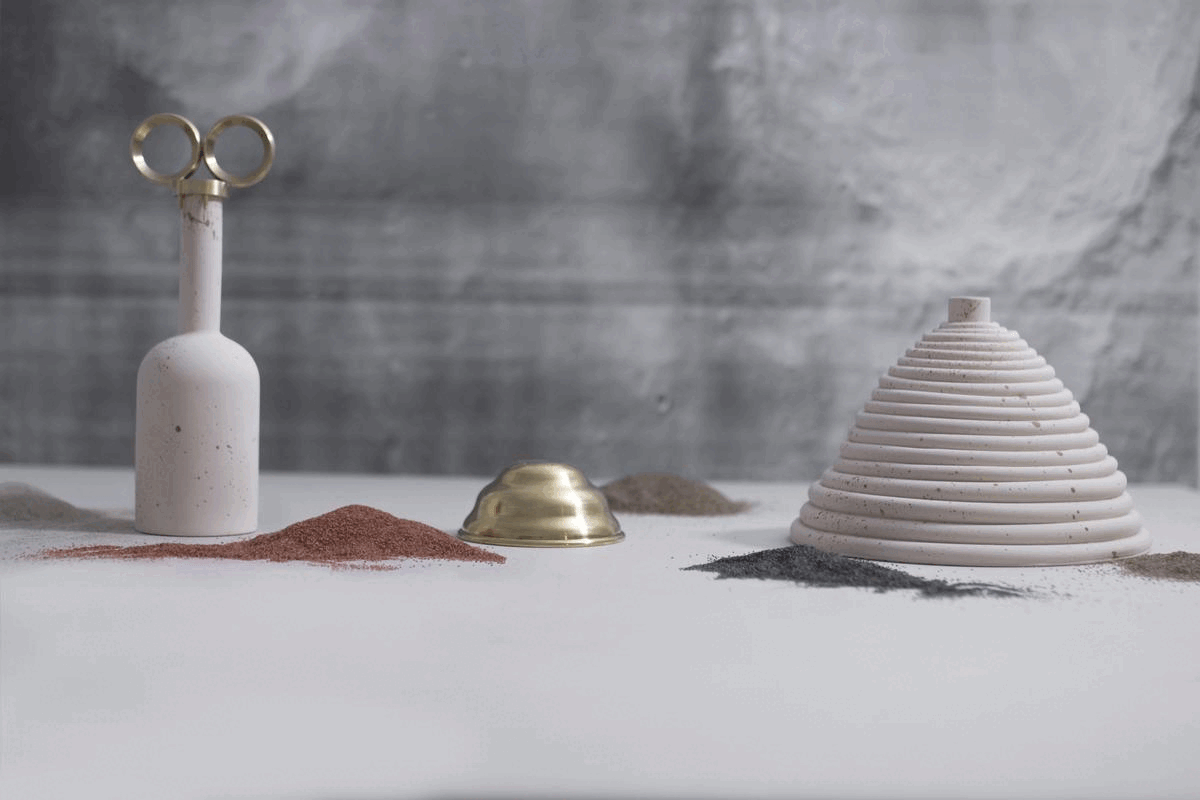SYRIA 2087
2017
present arabfuturism
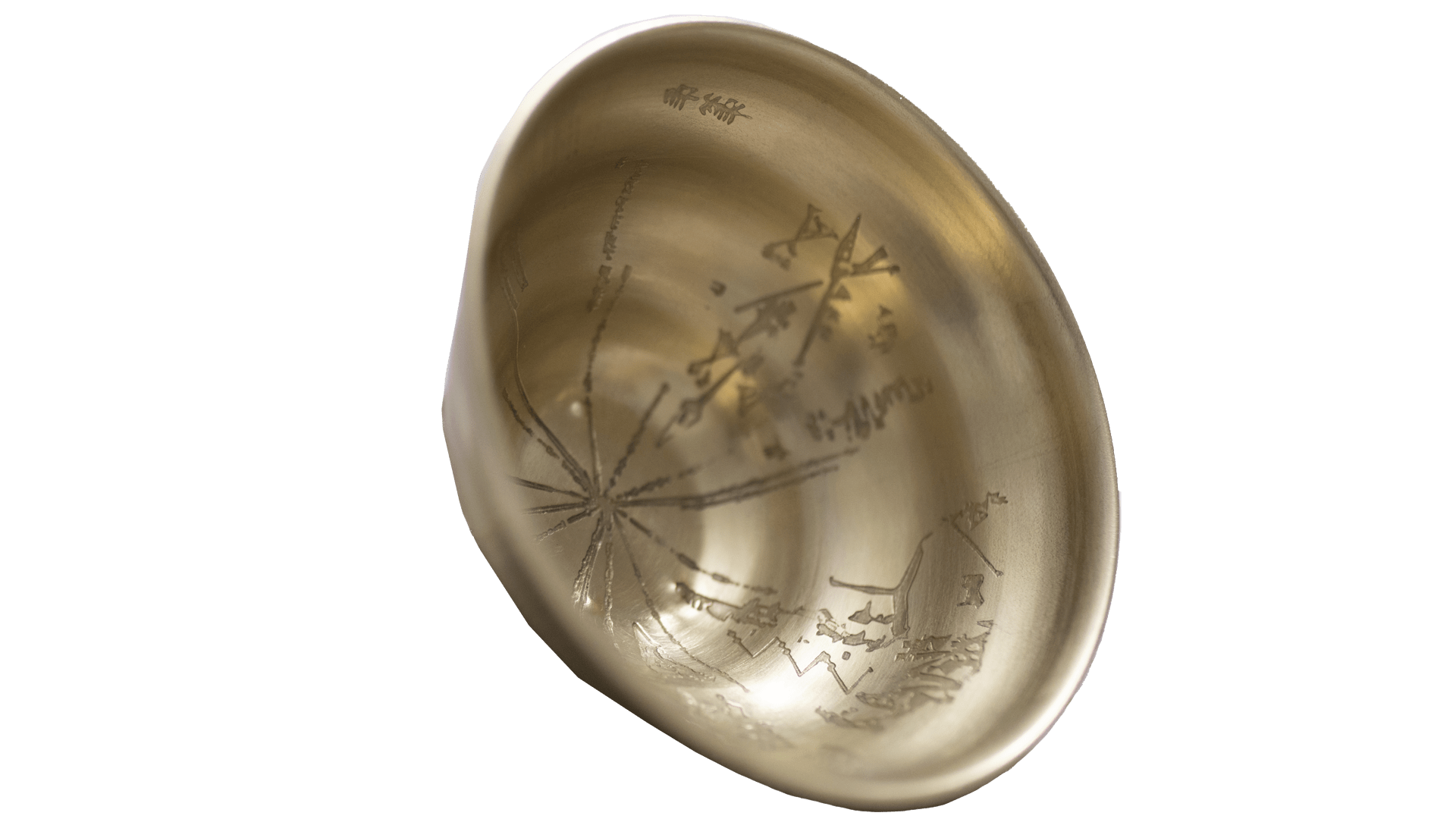
Year 2017. The planned expedition to Mars is right around the corner, bringing humanity closer to another milestone in history. In the meanwhile, armed conflict in Syria enters its sixth year, consuming not only hundreds of victims every day, but also successively destroying the cultural heritage of the country.
Why do we dream about conquering a new planet and creating a new, Martian culture, and at the same time, while we are still on Earth, we allow the destruction of the Syrian one – one that has lasted for thousands of years? Might the time of unrestrained development that we live in be just another step towards the ultimate entropy?
The project is a reflection on progress, decay and everything that is in between. SYRIA 2087 is a collection of objects – or rather stories translated into the language of objects – created in an attemptto preserve elements of Syrian culture in a new form. In SYRIA 2087 the tradition and culture of Syria meets stories drawn from Mars, highlighting the analogies between them and looking for common reference points. The selection of materials used in the collection is a tribute to traditional Syrian craftsmanship.
In 1987 the first Syrian astronaut went to space. 100 years later, SYRIA 2087 returns to the stars.
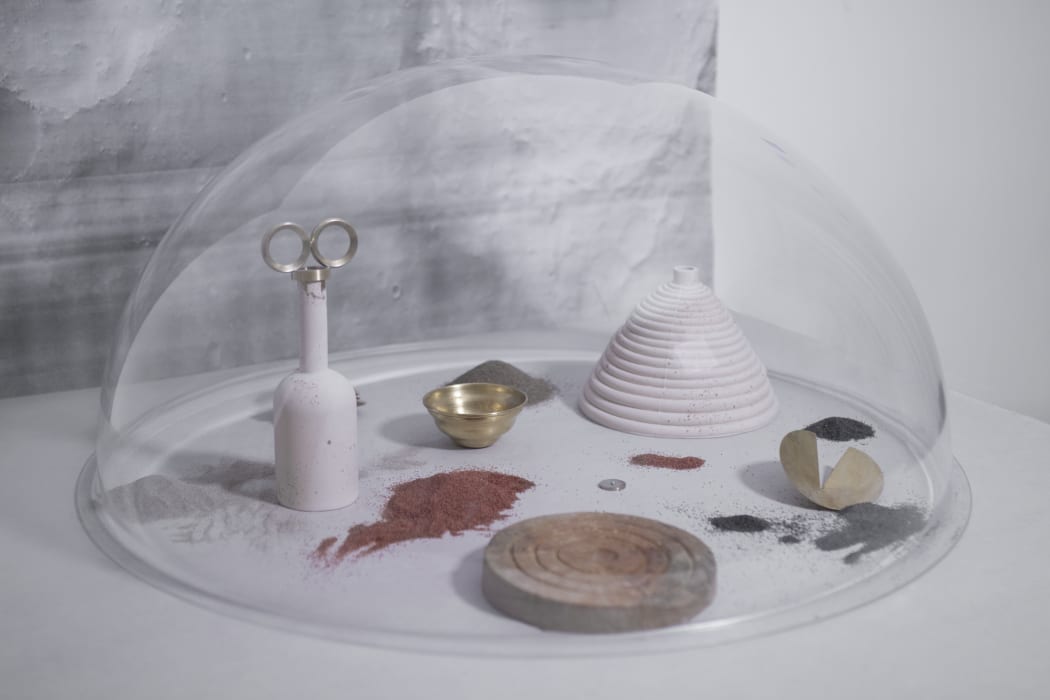
vanity!
All that lives on Earth is bound to pass.
- M. Darwish
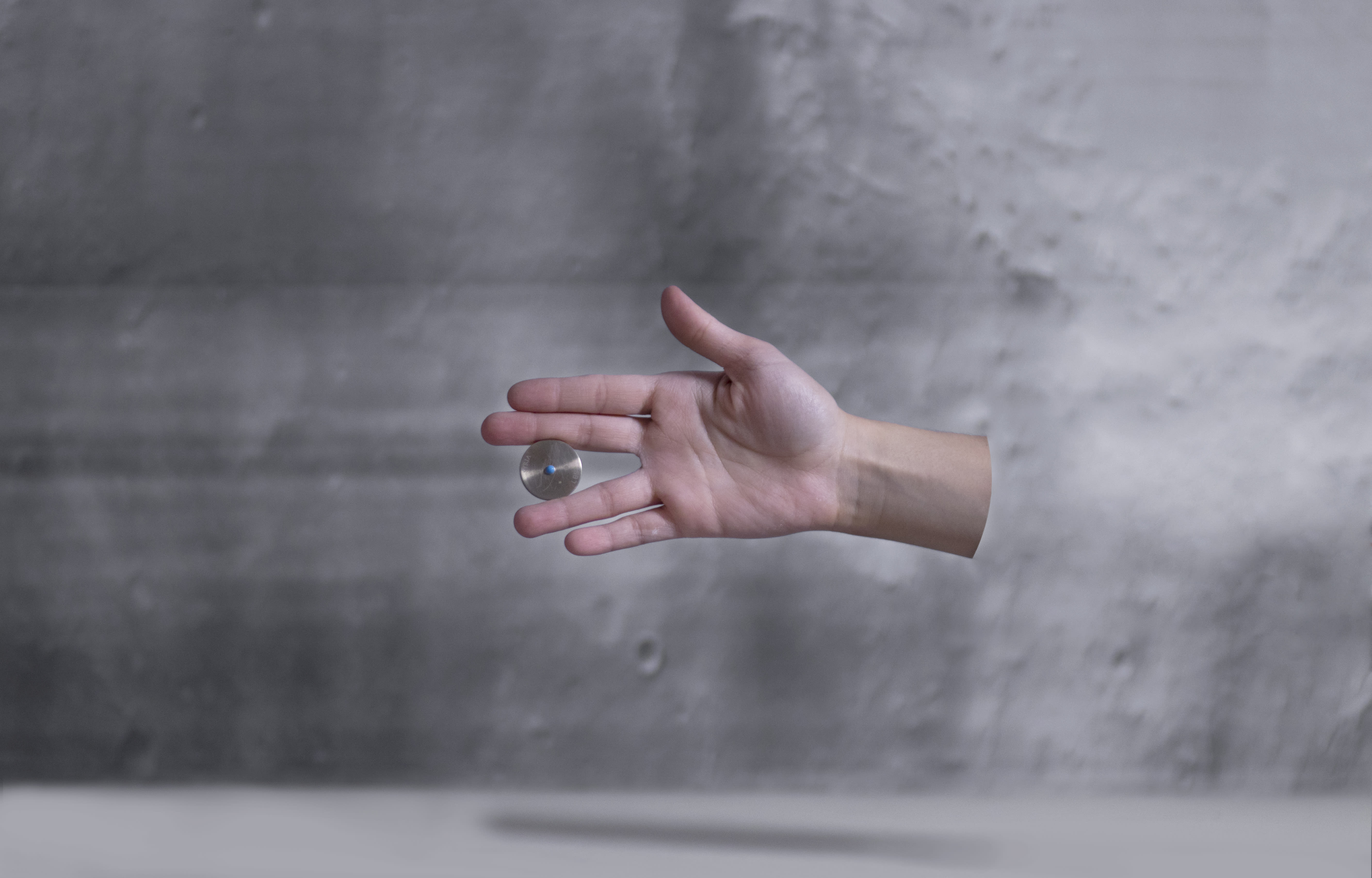
Object #1
Traditionally, finding a coin hidden in food is believed to bring you luck. Turquoise is known as a protective stone, often gifted to newborn babies. Hand of Fatima is believed to protect the owner from the evil eye and bring happiness to the holder. The extraterrestrial hand is a sign of communication. The mirror is a symbol of the humankind – placed on the reverse of the coin, it represents the self and its presence through the reflection. The constellation created for SYRIA 2087 pays homage to two moons of Mars – Phobos and Deimos, named after mythic personifications of fear and terror.
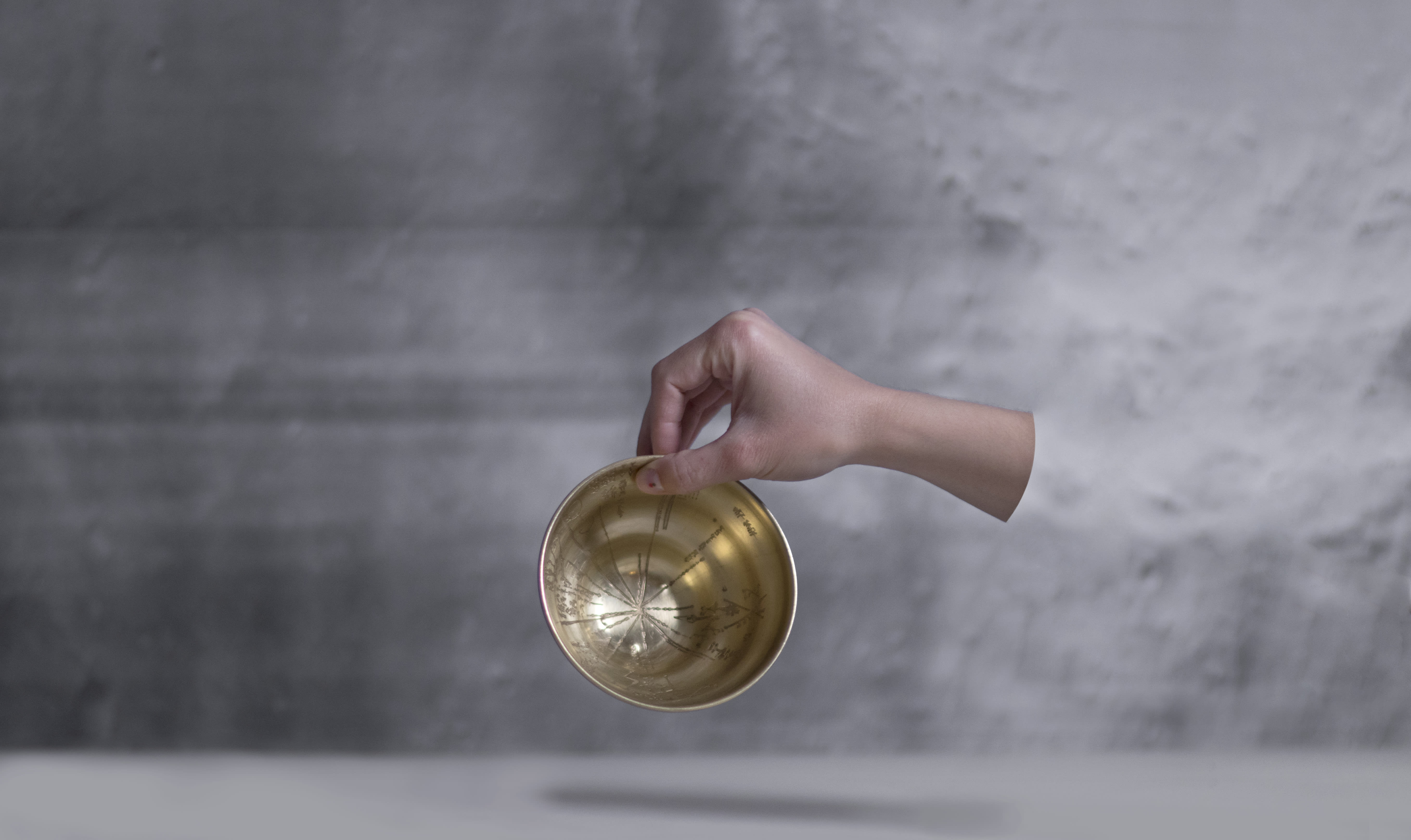
Object #2
طاسة الرعبة is a small metal bowl that can be found in some Syrian households.
According to an old belief, drinking water out of it wards off fears. Coffee cup reading is a widespread and popular fortune telling method, which speaks of both the past and the future. Arabic coffee leaves thick, muddy sediment at the bottom of the cup. If you swirl the cup and turn it upside down, the grounds will fall down. Consequently, they will leave some patterns on the surface of the cup. A coin may be placed on top to dispel bad omens that could be read from it. In object #2, coffee pattern is replaced with pattern drawing inspiration from NASA's Golden Record diagrams and Assyrian planisphere – two attemps to communicate with extraterrestrial intelligence. Thus, old spirituality is redesigned and forming new spirituality.
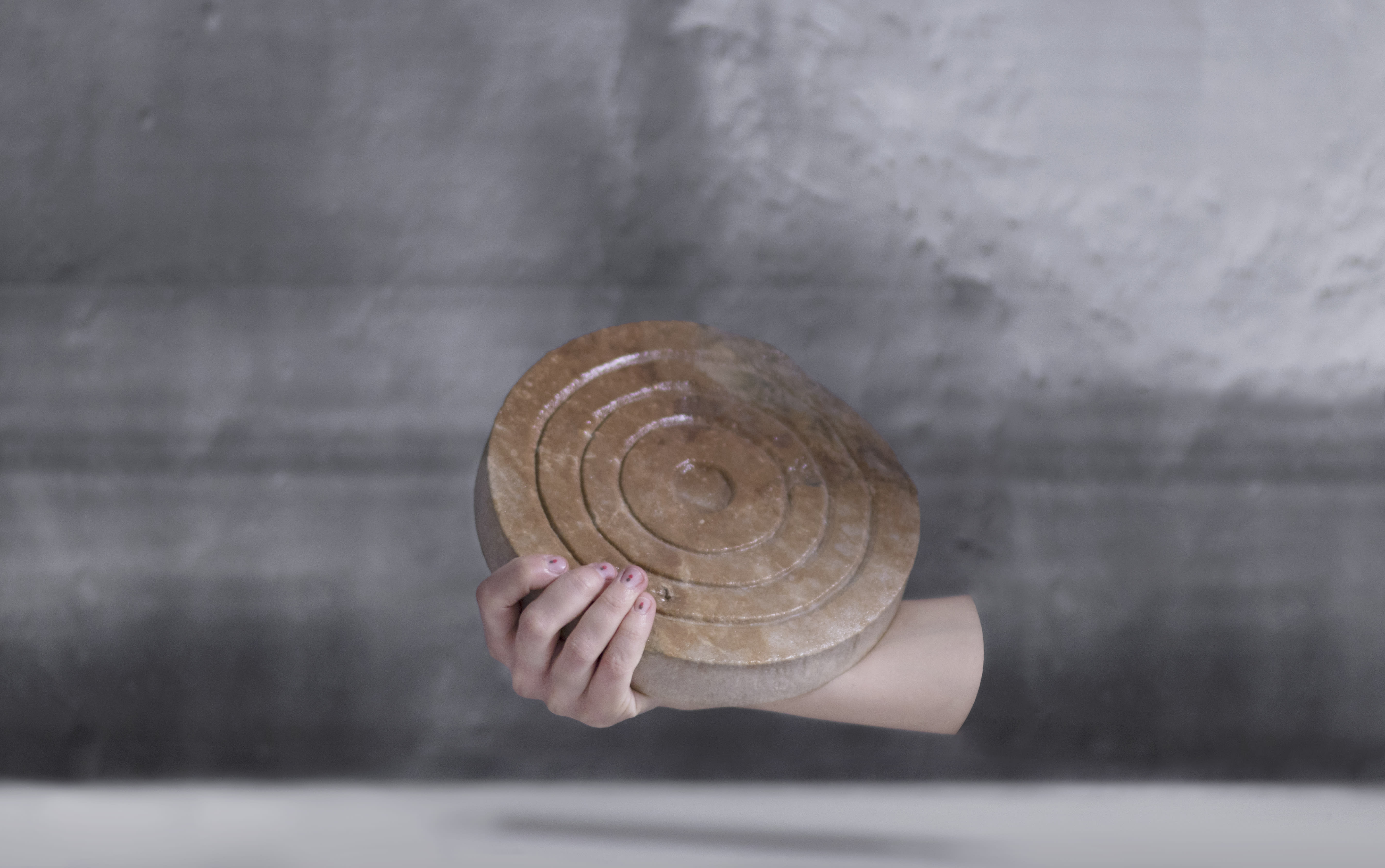
Object #3
Wholeness. The Self. The infinite. Eternity. Timelessness. Original perfection. Oneness. Circle of Necessity: birth, growth, decline, death. Defense against chaos and formlessness. The circle is an universal symbol with extensive meaning. It represents the cycle of time the perpetual motion of everything that moves, the planets' journey around the sun, the rhythm of the universe. Sufis see spiritual significance in concentric circles. In their traditional, ecstatic dance they twirl in an effort to be close to God. Sometimes many dancers form a circle and surround an individual rotating in its centre.
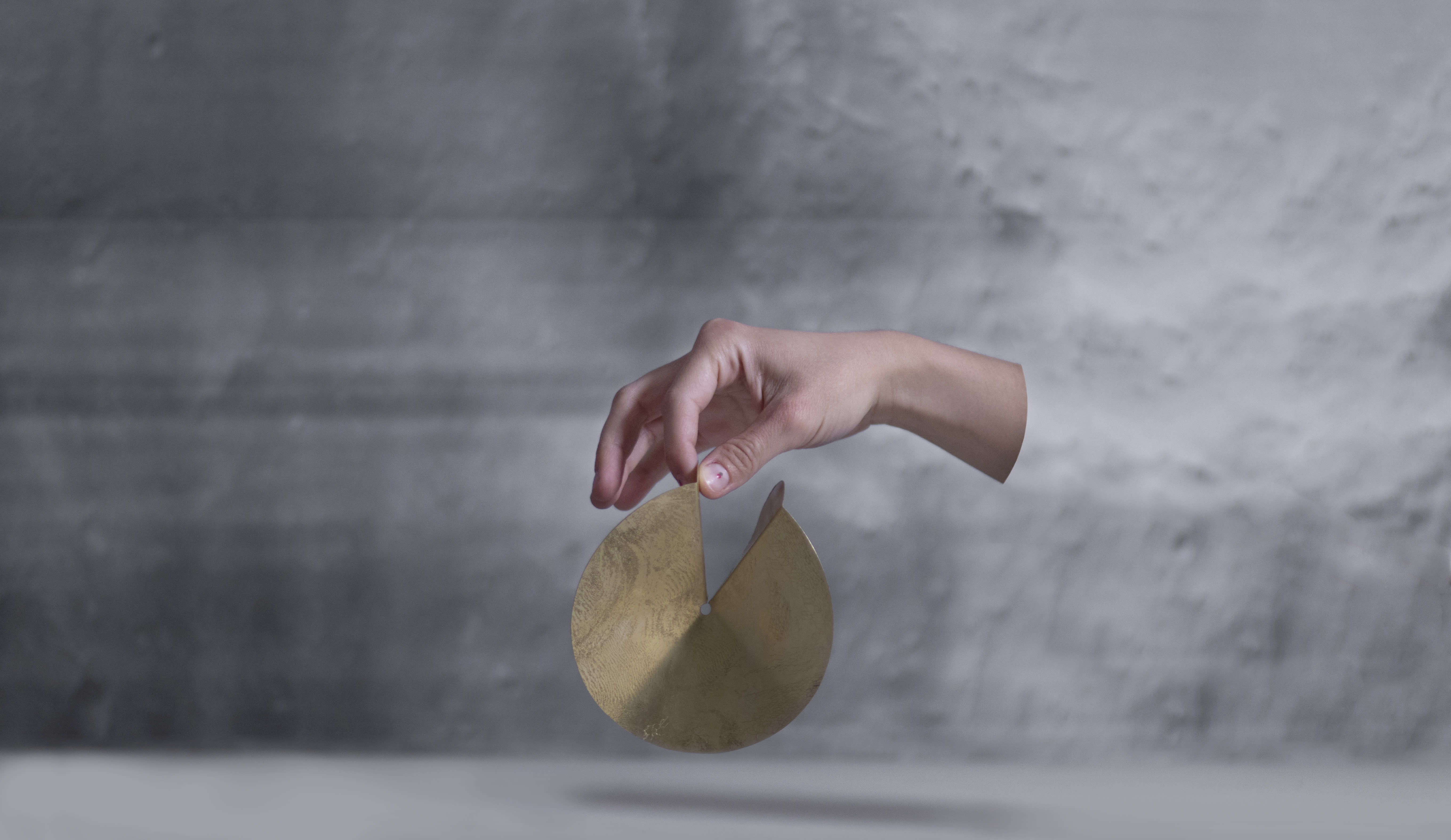
Object #4
The eye temple (E.T.) was discovered in Tell Brak, Syria, and it dates back to Uruk period (ca. 3700-3000 bc). it held thousands of small idols with huge eyes and no other facial features, which have no parallels in either Syria or Mesopotamia. Not much is known about the origin and nature of these idols. Who were these mysterious beings with huge staring eyes and why have no similar eye idols been found in any other place on Earth? Due to the troubled situation in Syria, the eye idols are now on the Emergency Red List of Syrian Cultural Objects at Risk. The use of iron (III) oxide was inspired by chemical composition of Mars, which appears red because its surface contains a large amounts of Fe2O3.
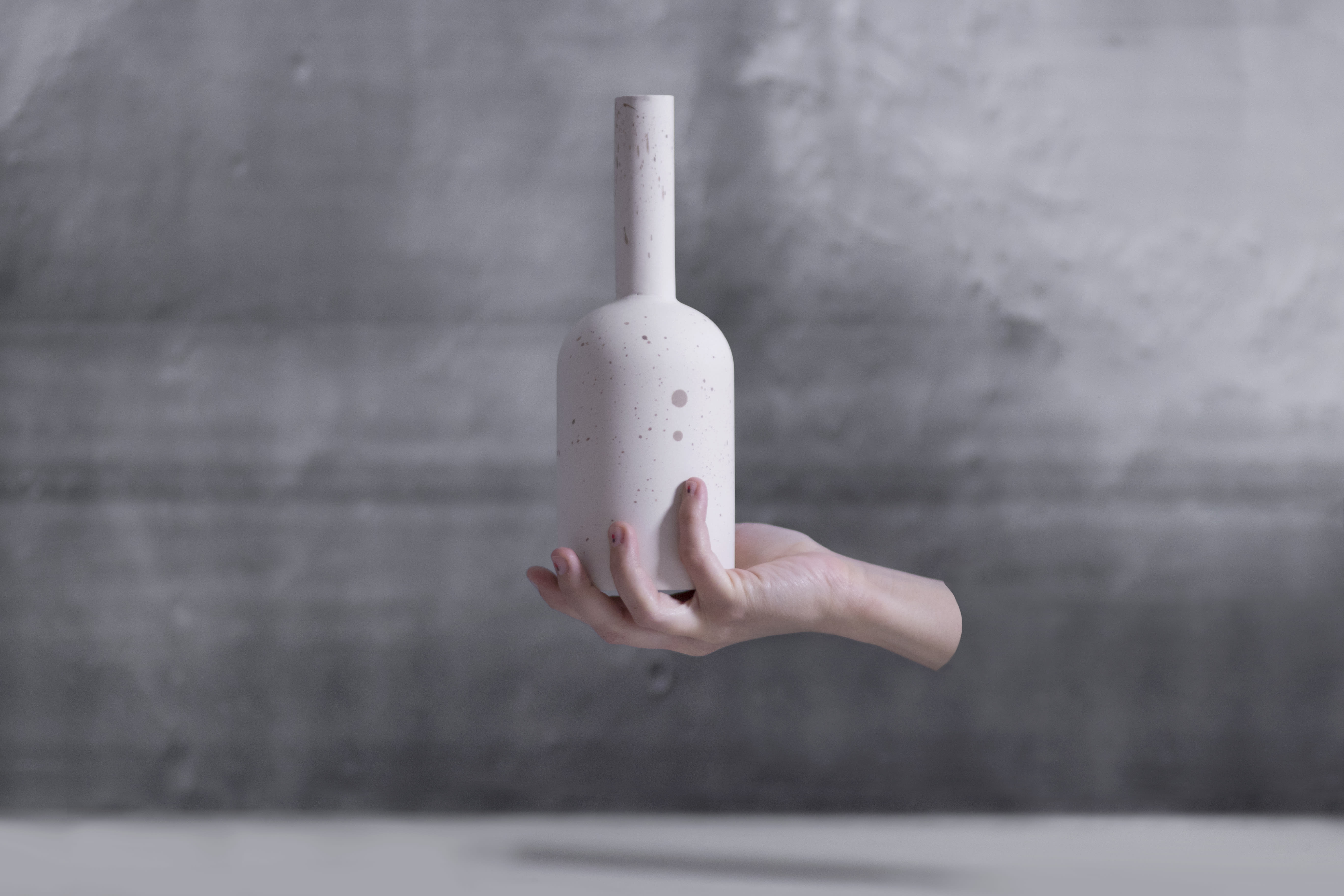
Object #5
The pattern achieved by the use of object #5 draws inspiration from SYRIA 2087 constellation, that can be also found on the coin. Carving, perforating, marking, scratching the surfaces – the tool is paying homage to both traditional crafts as in food culture of Syria.
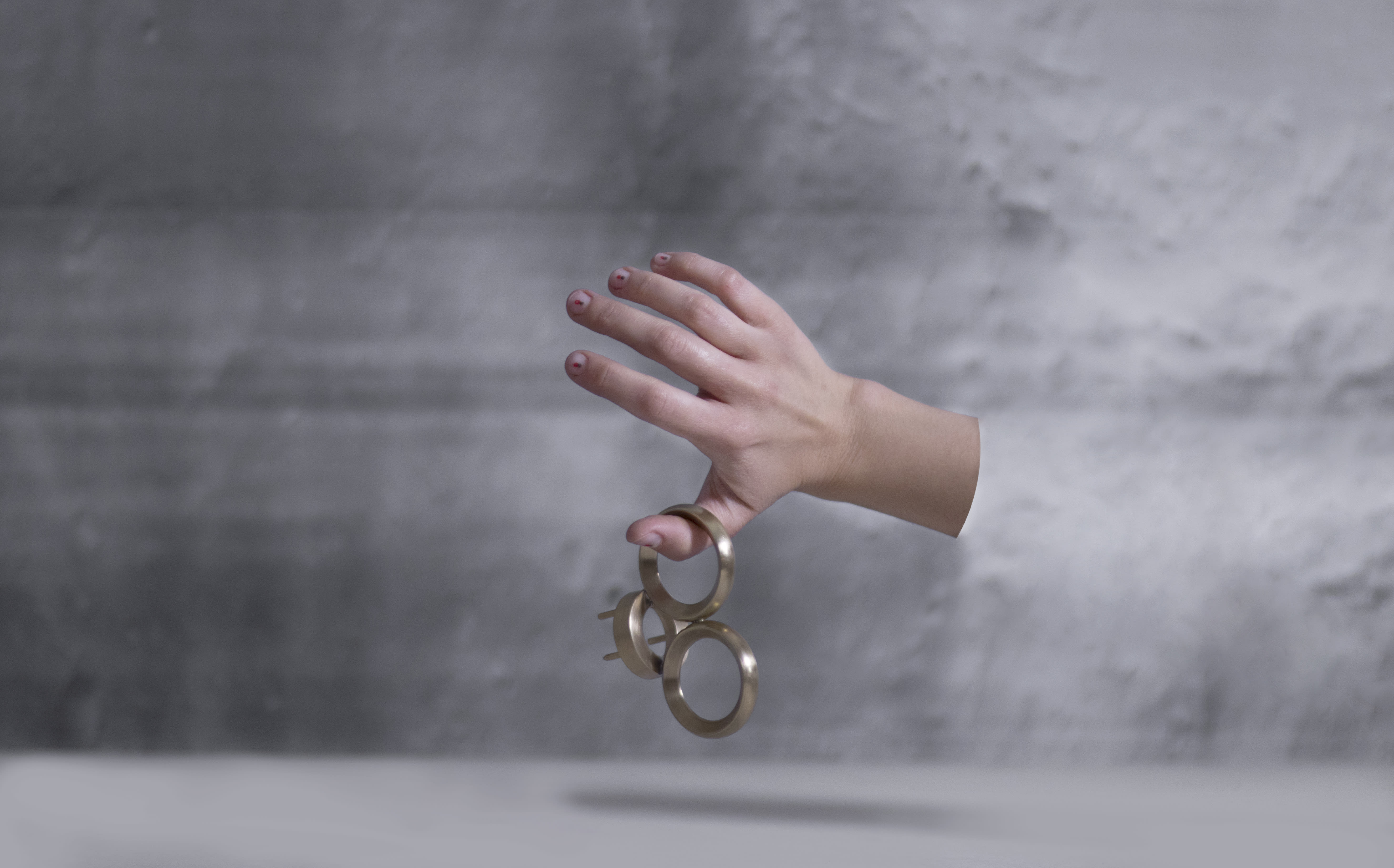
Object #6
Beehive houses date back to ca. 3,700 BC and still can be found in some parts of Syria, concentrated in whole villages in the region of Aleppo. Their unique structure and building technology make them a real architectural curiosity. Object #6 is also A tribute to Nader Khalili, an Iranian architect, whose revolutionary sustainable solutions to human shelter have been published by NASA. Since 1984, Lunar and Space habitation became an integral part of his work.
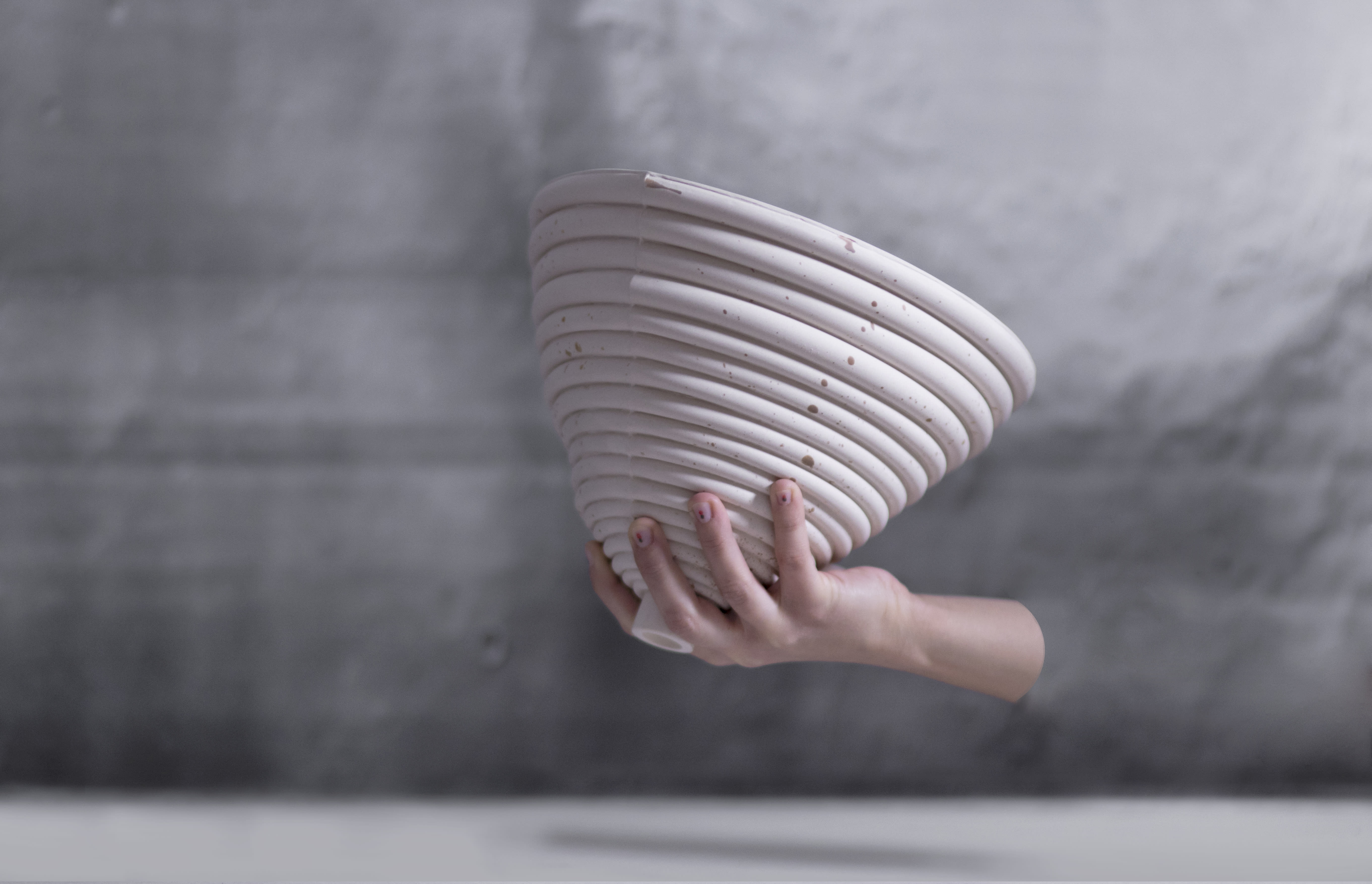
Object #7
The hourglass symbolizes balance, but also the idea of inevitability – all of the events in nature and universe move in circular motion and the time is, in fact, fluid. Forming sand mounds is inspired by pyramids of herbs and spices that can traditionally be found at Syrian food markets. The funnel-like object #7 is engraved with patterns inspired by the diverse geography of Mars – its sand dunes, ice caps and impact craters.
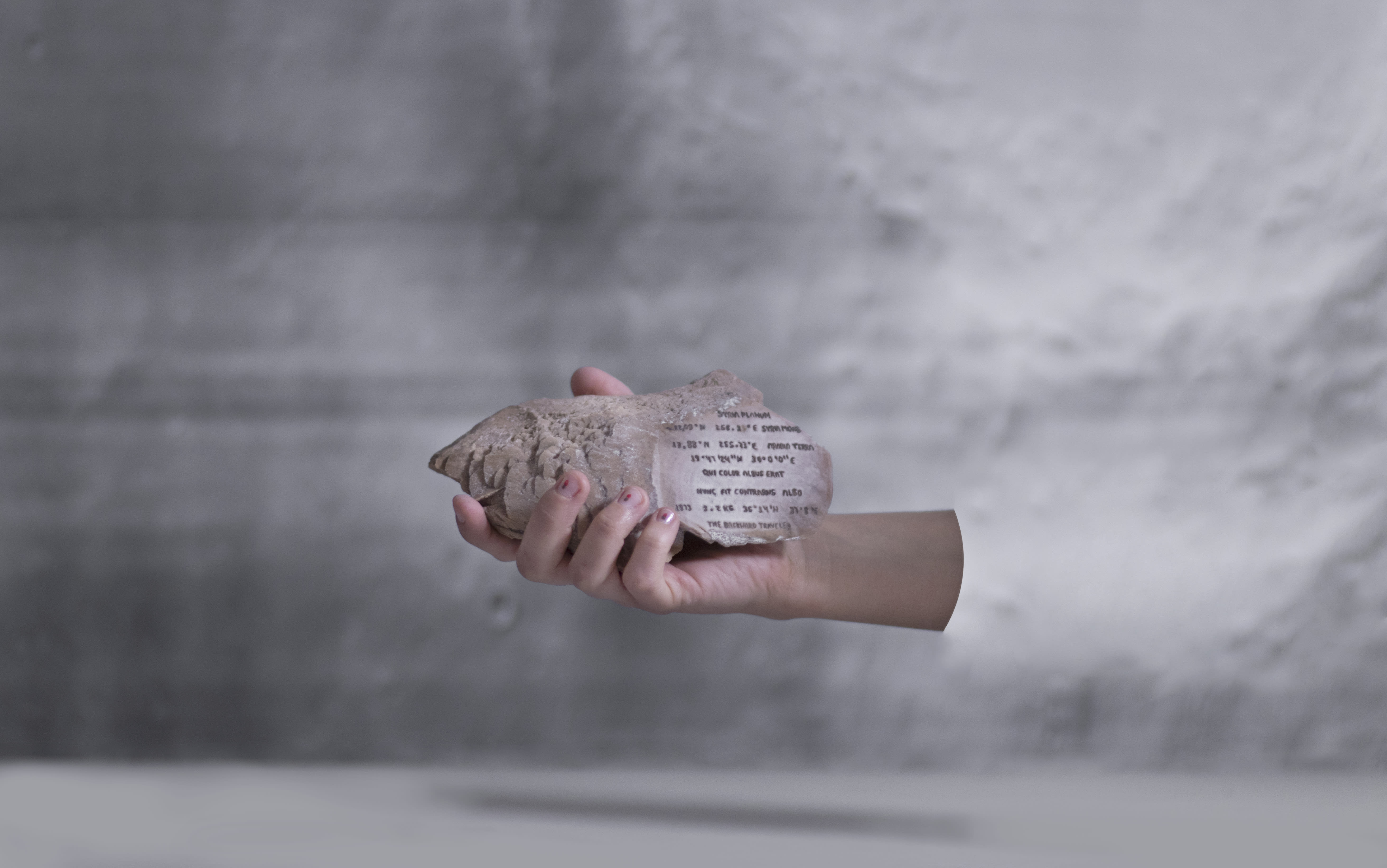
Object #8
Arabia Terra – 19°47'24''N, 30°0'0''E – is a large upland region in the north of Mars, presumed to be one of the oldest terrains on the planet – it is covered in large, ancient impact craters that date back to ca. 3.9-3.7 billion years ago. Syria Mons – 13.88°N, 255.73°E – is a mountain and Syria Planum – 12.09°N, 256.1°E – is a broad plateau on surface of Mars. a meteorite crashed in Aleppo, Syria – 36°14’N, 37°8’E – in 1873. the stone weighed about 3.2 kg. Egyptians called Mars the “the backward traveler” because it appeared to move backwards through the zodiac every 25,7 months. The Black Stone is situated at the eastern exterior corner of the holiest building in islam – the Ka’ba. According to islamic tradition the stone was originally white but turned black owing to the sins of mankind. “Qui color albus erat nunc fit contrarius albo” – “was its colour once white, now it is the opposite of white" (von Maltzan, 1865). At various times the un-examinable stone has been considered to be lava, basalt or agate. Recently scientists found out that it may consist of impactite glass derived from the meteoritic craters. Might it be, that the islamic world literally turns around a piece of universe?
